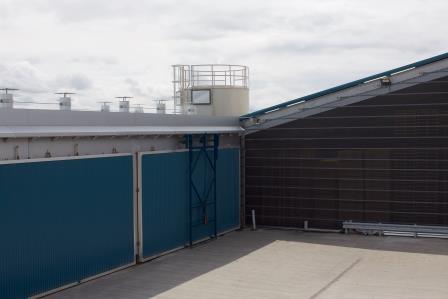
ISPM15 Heat Treated vs Kiln Dried Pallets
ISPM15 Protection of International Ecosystems
Due to the global transport of palletised goods, there is the potential for pests found in untreated, imported wood to endanger the tree population of a country and threaten a whole ecosystem.
For this reason, the International Plant Protection Convention (IPPC), initiated by the Food and Agriculture Organization (FAO) of the United Nations, adopted the International Standard for Phytosanitary Measures No 15 (ISPM 15). This standard lays the foundations for harmonising international phytosanitary measures by specifying treatments permitted for exterminating organisms that are harmful to forests.
ISPM15 treatment applied to timber pallets is natural and environmentally friendly; it doesn’t use any chemicals. This heat treatment (HT) involves placing pallets in a drying chamber or kiln where the wood is heated. The core temperature of the wood must reach a minimum of 56°C for at least 30 minutes. This eliminates all harmful organisms likely to attack standing plants.
Compliance with the ISPM15 standard is demonstrated with the branded marking each individual pallets, as shown.
ISPM 15 – Key facts
Kiln Dried Pallets
Kiln drying is used to reduce the moisture content in the wood. Pallets are stacked inside large heating chambers (kilns), and then heated slowly to evaporate excess moisture. It is a type of curing process following a sophisticated programme which prevents distortion of the timber as it dries. The goal is moisture reduction not pest eradication. The standard to which pallets are dried will vary depending on their intended end use. As a kiln accredited operator the service will be tailored to customer requirements.
Drying cycle times vary because living trees (standing timber) contain a large amount of water which varies between species. The moisture content will also change from season to season in standing timber and will vary between different parts of the tree such as the sapwood and the heartwood. The water is held in the cellular structure of the wood, which is made up of cell cavities and cell walls.
Some reasons for drying pallet and packaging timber are:
To discuss your requirement talk to our Product Development Manager, John Dye.
M: 07980 692170 E: John.Dye@scott-pallets.com